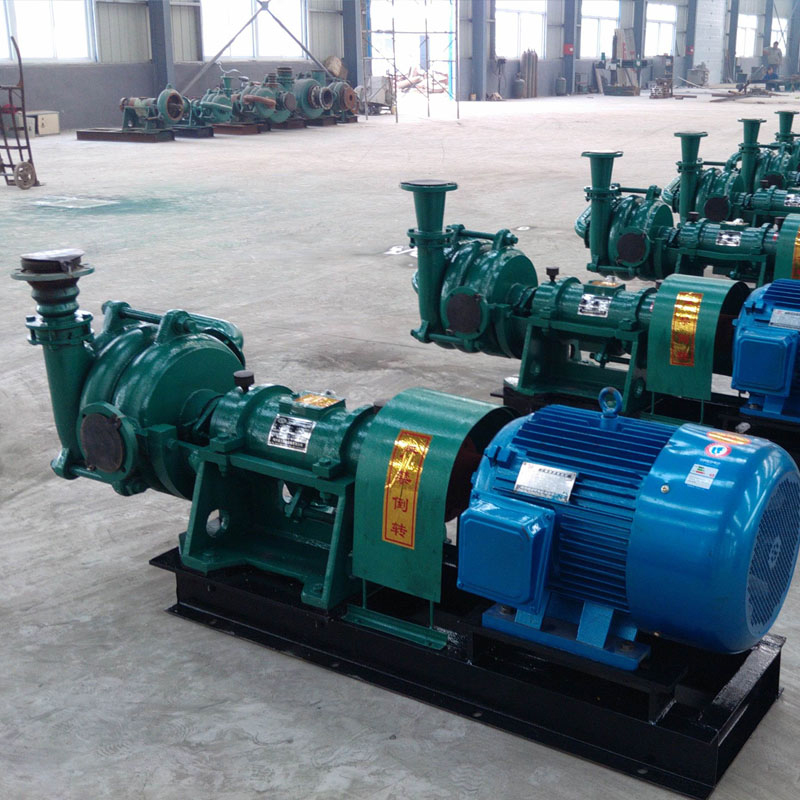Turkmen
- Afrikaans
- Albanian
- Amharic
- Arabic
- Armenian
- Azerbaijani
- Basque
- Belarusian
- Bengali
- Bosnian
- Bulgarian
- Catalan
- Cebuano
- Corsican
- Croatian
- Czech
- Danish
- Dutch
- English
- Esperanto
- Estonian
- Finnish
- French
- Frisian
- Galician
- Georgian
- German
- Greek
- Gujarati
- Haitian Creole
- hausa
- hawaiian
- Hebrew
- Hindi
- Miao
- Hungarian
- Icelandic
- igbo
- Indonesian
- irish
- Italian
- Japanese
- Javanese
- Kannada
- kazakh
- Khmer
- Rwandese
- Korean
- Kurdish
- Kyrgyz
- Lao
- Latin
- Latvian
- Lithuanian
- Luxembourgish
- Macedonian
- Malgashi
- Malay
- Malayalam
- Maltese
- Maori
- Marathi
- Mongolian
- Myanmar
- Nepali
- Norwegian
- Norwegian
- Occitan
- Pashto
- Persian
- Polish
- Portuguese
- Punjabi
- Romanian
- Russian
- Samoan
- Scottish Gaelic
- Serbian
- Sesotho
- Shona
- Sindhi
- Sinhala
- Slovak
- Slovenian
- Somali
- Spanish
- Sundanese
- Swahili
- Swedish
- Tagalog
- Tajik
- Tamil
- Tatar
- Telugu
- Thai
- Turkish
- Turkmen
- Ukrainian
- Urdu
- Uighur
- Uzbek
- Vietnamese
- Welsh
- Bantu
- Yiddish
- Yoruba
- Zulu
Telephone: +86 13120555503
Email: frank@cypump.com
Sep . 28, 2024 12:55 Back to list
Understanding Bathroom Ejector Pump Systems for Efficient Waste Management Solutions
Understanding Bathroom Ejector Pump Systems A Comprehensive Guide
When it comes to home plumbing, the bathroom can often present unique challenges, especially in homes where the bathroom is located below the main sewer line. In such scenarios, a bathroom ejector pump system becomes an indispensable component of your plumbing setup. This article will delve into the functioning, advantages, installation considerations, and maintenance of bathroom ejector pump systems.
What is a Bathroom Ejector Pump System?
A bathroom ejector pump, often referred to as a macerating pump, is designed to transport wastewater from below-grade bathrooms to the main sewer line. Unlike traditional gravity-fed plumbing systems that rely on gravity to move waste, an ejector pump actively lifts the waste, enabling it to flow upwards to reach municipal sewer systems or septic tanks.
The system consists of a macerator, which breaks down solid waste (such as toilet paper and human waste) into a slurry, and a pump that propels this liquid waste to the sewer line. This design allows for greater flexibility in bathroom placement, allowing homeowners to install bathrooms in basements or areas where plumbing options are limited.
Why Do You Need an Ejector Pump?
The primary function of a bathroom ejector pump system is to address the challenges posed by gravity. When a bathroom is installed below the level of the main sewer line, gravity alone cannot facilitate waste removal, which could lead to serious backing up of waste and unpleasant smells. An ejector pump ensures that waste is effectively and hygienically transported from the bathroom to the appropriate drainage systems.
Additionally, these systems are particularly useful in older homes where plumbing configurations do not support modern fixtures. With an ejector pump, homeowners can add functional bathrooms without the need for extensive rebuilding or reinstallation of plumbing work.
Installation Considerations
Installing a bathroom ejector pump system requires careful planning and consideration. Here are some key points to keep in mind
bathroom ejector pump system

2. Size and Capability Not all ejector pumps are created equal. It's crucial to choose a pump that is capable of handling the volume of wastewater generated. Consult with a plumbing professional to select a pump that meets your specific needs.
3. Electrical Supply These pumps require a dedicated electrical source for operation. Homeowners should ensure that the pump is connected to a reliable power supply and is equipped with a backup battery, especially in areas prone to flooding or power outages.
4. Ventilation Proper ventilation is essential for preventing sewer gas buildup in the bathroom. Ensure that your ejector pump system includes a vent to facilitate airflow.
Maintenance of Ejector Pump Systems
Once installed, regular maintenance is crucial to ensure the longevity and efficiency of the ejector pump system
1. Routine Inspections Periodically check the pump for any signs of wear or malfunction, such as unusual noises or slow performance.
2. Cleaning Ensure that the macerator and pump components are clean and free from clogs to maintain optimal function.
3. Professional Servicing Consider scheduling annual professional inspections to catch potential issues early and ensure everything is operating smoothly.
Conclusion
Bathroom ejector pump systems offer essential solutions for hydraulic challenges in residential plumbing, especially in basements and unconventional installations. By understanding their function, installation requirements, and maintenance needs, homeowners can make informed decisions that enhance their plumbing systems. With the right ejector pump system, you can enjoy the convenience of an additional bathroom without compromising on safety or efficiency. Whether upgrading an existing plumbing system or adding new fixtures, investing in an ejector pump can significantly improve your home's function and value.
-
Reliable Non-Clog Sewage Pumps with GPT-4-Turbo Tech
NewsAug.04,2025
-
High-Performance Air Pumps for Sand & Gravel | Efficient Transport
NewsAug.03,2025
-
ISG Series Vertical Pipeline Pump - Chi Yuan Pumps Co., LTD.|Energy Efficiency, Corrosion Resistance
NewsAug.03,2025
-
ISG Series Pipeline Pump - Chi Yuan Pumps | Energy Efficiency&Compact Design
NewsAug.03,2025
-
ISG Series Vertical Pipeline Pump - Chi Yuan Pumps Co., LTD.|High Efficiency, Low Noise, Durable
NewsAug.02,2025
-
ISG Series Vertical Pipeline Pump - Chi Yuan Pumps | High Efficiency, Low Noise
NewsAug.02,2025










